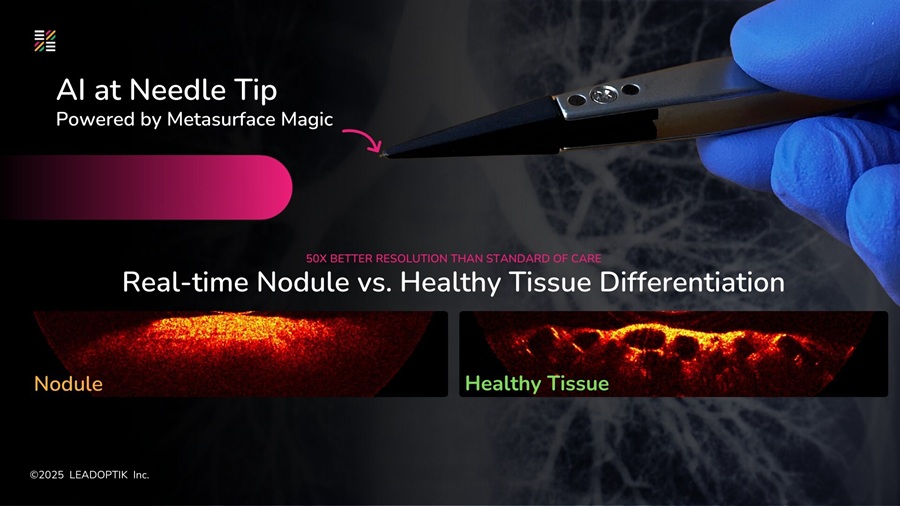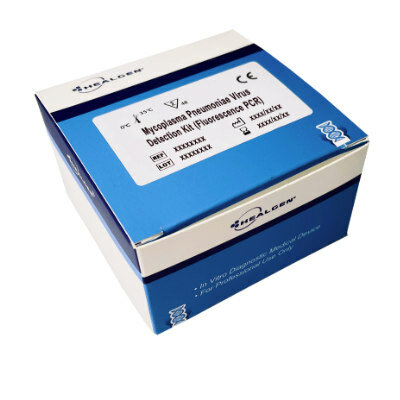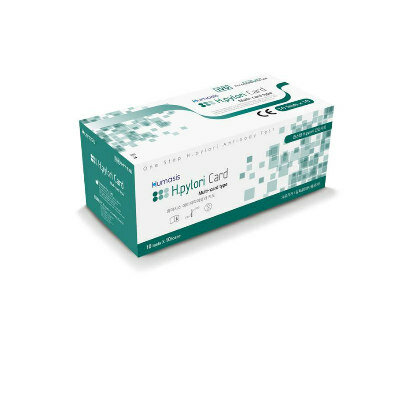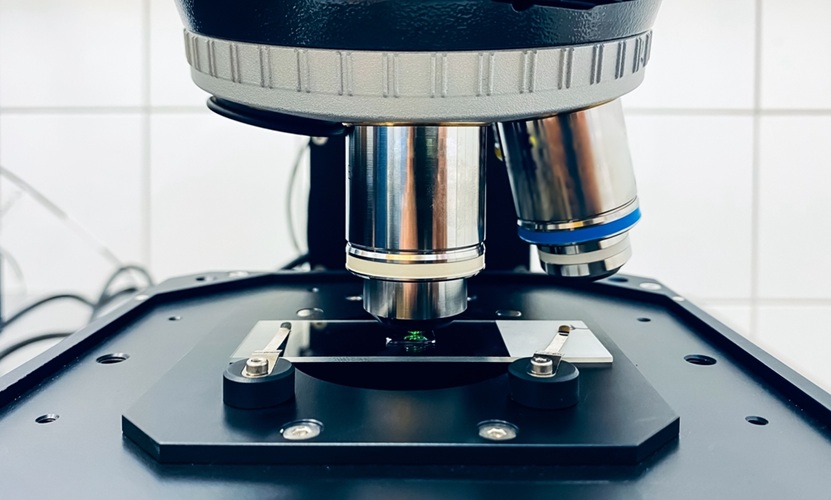Acid-Fast Stain Identifies Schistosoma Eggs
|
By LabMedica International staff writers Posted on 19 Apr 2016 |
Schistosomiasis, also known as snail fever, is a disease caused by parasitic flatworms called schistosomes. The urinary tract or the intestines may be infected and signs and symptoms may include abdominal pain, diarrhea, bloody stool, or blood in the urine.
Microscopic identification of eggs in stool or urine is the most practical method for diagnosis. Stool examination is performed when infection with Schistosoma mansoni or S. japonicum is suspected, and urine examination should be performed if S. haematobium is suspected. Eggs can be present in the stool in infections with all Schistosoma species.
Scientists at the University of Lisbon examined whether the Ziehl–Neelsen (ZN) stain, also known as the acid- fast stain, would be helpful in detection and identification of Schistosoma eggs. In histological sections, S. mansoni eggshells appear as ZN positive and S. haematobium shells as ZN negative. The staining target of the responsible ZN component (carbolfuchsin) in the shell is unknown and because carbolfuchsin is supposed to stain mycolic acids in the mycobacterial cell wall, unidentified substances in the eggshell were proposed as target. Fuchsin is a known nucleic acid stain, and it was already shown that mycobacteria with insufficiently retained carbolfuchsin may be invisible in bright-field microscopy; yet, they can be easily detected because of a strong red fluorescence when excited with green light.
The team prestained a smear of S. mansoni eggs with the nucleic acid stain 4ʹ,6-diamidine-2ʹ-phenylindole dihydrochloride (DAPI) and then stained with the classical ZN procedure. The smear was observed using bright-field and fluorescent microscopy where carbolfuchsin fluoresces red (ZN-fluo) and DAPI fluoresces blue (DAPI-fluo). In bright-field microscopy, the shell appeared to stain very little, whereas the miracidium within the intact egg and outside the egg appeared acid-fast negative, apparently only retaining the counterstain methylene blue. Contrary to this, fluorescent microscopy showed strong staining of the miracidium with carbolfuchsin (ZN-fluo) and DAPI (DAPI-fluo).
The authors concluded that because acid-fast stains and low-cost light- emitting diode fluorescent microscopy are now commonly used in many regions where schistosomiasis is endemic, it may be the time to revisit the staining mechanisms of acid-fast stains and investigate the use of these stains for their capacity to improve the detection of Schistosoma eggs. The study was published in the April 2016 issue of The American Journal of Tropical Medicine and Hygiene.
Related Links:
University of Lisbon
Microscopic identification of eggs in stool or urine is the most practical method for diagnosis. Stool examination is performed when infection with Schistosoma mansoni or S. japonicum is suspected, and urine examination should be performed if S. haematobium is suspected. Eggs can be present in the stool in infections with all Schistosoma species.
Scientists at the University of Lisbon examined whether the Ziehl–Neelsen (ZN) stain, also known as the acid- fast stain, would be helpful in detection and identification of Schistosoma eggs. In histological sections, S. mansoni eggshells appear as ZN positive and S. haematobium shells as ZN negative. The staining target of the responsible ZN component (carbolfuchsin) in the shell is unknown and because carbolfuchsin is supposed to stain mycolic acids in the mycobacterial cell wall, unidentified substances in the eggshell were proposed as target. Fuchsin is a known nucleic acid stain, and it was already shown that mycobacteria with insufficiently retained carbolfuchsin may be invisible in bright-field microscopy; yet, they can be easily detected because of a strong red fluorescence when excited with green light.
The team prestained a smear of S. mansoni eggs with the nucleic acid stain 4ʹ,6-diamidine-2ʹ-phenylindole dihydrochloride (DAPI) and then stained with the classical ZN procedure. The smear was observed using bright-field and fluorescent microscopy where carbolfuchsin fluoresces red (ZN-fluo) and DAPI fluoresces blue (DAPI-fluo). In bright-field microscopy, the shell appeared to stain very little, whereas the miracidium within the intact egg and outside the egg appeared acid-fast negative, apparently only retaining the counterstain methylene blue. Contrary to this, fluorescent microscopy showed strong staining of the miracidium with carbolfuchsin (ZN-fluo) and DAPI (DAPI-fluo).
The authors concluded that because acid-fast stains and low-cost light- emitting diode fluorescent microscopy are now commonly used in many regions where schistosomiasis is endemic, it may be the time to revisit the staining mechanisms of acid-fast stains and investigate the use of these stains for their capacity to improve the detection of Schistosoma eggs. The study was published in the April 2016 issue of The American Journal of Tropical Medicine and Hygiene.
Related Links:
University of Lisbon
Latest Microbiology News
- Breakthrough Diagnostic Technology Identifies Bacterial Infections with Almost 100% Accuracy within Three Hours
- Innovative ID/AST System to Help Diagnose Infectious Diseases and Combat AMR
- Gastrointestinal Panel Delivers Rapid Detection of Five Common Bacterial Pathogens for Outpatient Use
- Rapid PCR Testing in ICU Improves Antibiotic Stewardship
- Unique Genetic Signature Predicts Drug Resistance in Bacteria
- Unique Barcoding System Tracks Pneumonia-Causing Bacteria as They Infect Blood Stream
- Rapid Sepsis Diagnostic Test Demonstrates Improved Patient Care and Cost Savings in Hospital Application
- Rapid Diagnostic System to Detect Neonatal Sepsis Within Hours
- Novel Test to Diagnose Bacterial Pneumonia Directly from Whole Blood
- Interferon-γ Release Assay Effective in Patients with COPD Complicated with Pulmonary Tuberculosis
- New Point of Care Tests to Help Reduce Overuse of Antibiotics
- 30-Minute Sepsis Test Differentiates Bacterial Infections, Viral Infections, and Noninfectious Disease
- CRISPR-TB Blood Test to Enable Early Disease Diagnosis and Public Screening
- Syndromic Panel Provides Fast Answers for Outpatient Diagnosis of Gastrointestinal Conditions
- Culture-Free Platform Rapidly Identifies Blood Stream Infections
- POC PCR Test Rapidly Detects Bacterial Meningitis Directly at Point of Sample Collection
Channels
Clinical Chemistry
view channel
Carbon Nanotubes Help Build Highly Accurate Sensors for Continuous Health Monitoring
Current sensors can measure various health indicators, such as blood glucose levels, in the body. However, there is a need to develop more accurate and sensitive sensor materials that can detect lower... Read more
Paper-Based Device Boosts HIV Test Accuracy from Dried Blood Samples
In regions where access to clinics for routine blood tests presents financial and logistical obstacles, HIV patients are increasingly able to collect and send a drop of blood using paper-based devices... Read moreMolecular Diagnostics
view channel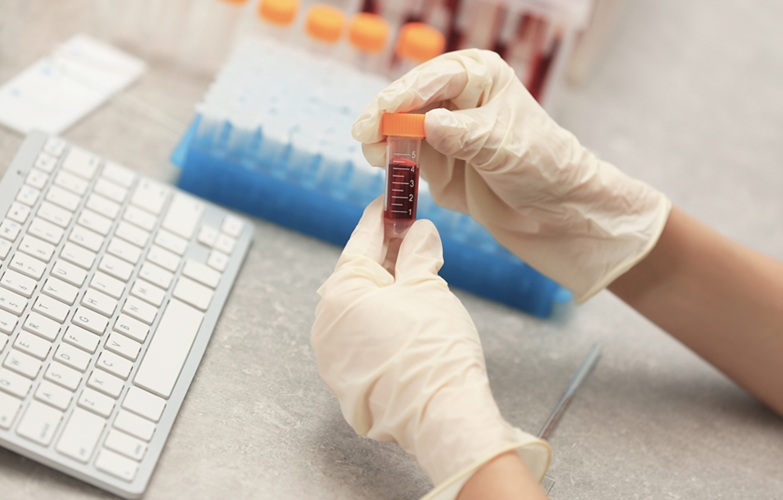
Blood Test Identifies Multiple Biomarkers for Rapid Diagnosis of Spinal Cord Injury
The National Institutes of Health estimates that 18,000 individuals in the United States sustain spinal cord injuries (SCIs) annually, resulting in a staggering financial burden of over USD 9.... Read more
Highly Accurate Blood Test Diagnoses Alzheimer’s and Measures Dementia Progression
Several blood tests are currently available to assist doctors in diagnosing Alzheimer's disease in individuals experiencing cognitive symptoms. However, these tests do not provide insights into the clinical... Read more
Simple DNA PCR-Based Lab Test to Enable Personalized Treatment of Bacterial Vaginosis
Approximately one in three women aged 14-49 in the United States will experience bacterial vaginosis (BV), a vaginal bacterial imbalance, at some point in their lives. Around 50% of BV cases do not present... Read moreHematology
view channel
New Scoring System Predicts Risk of Developing Cancer from Common Blood Disorder
Clonal cytopenia of undetermined significance (CCUS) is a blood disorder commonly found in older adults, characterized by mutations in blood cells and a low blood count, but without any obvious cause or... Read more
Non-Invasive Prenatal Test for Fetal RhD Status Demonstrates 100% Accuracy
In the United States, approximately 15% of pregnant individuals are RhD-negative. However, in about 40% of these cases, the fetus is also RhD-negative, making the administration of RhoGAM unnecessary.... Read moreImmunology
view channel
Post-Treatment Blood Test Could Inform Future Cancer Therapy Decisions
In the ongoing advancement of personalized medicine, a new study has provided evidence supporting the use of a tool that detects cancer-derived molecules in the blood of lung cancer patients years after... Read more
Cerebrospinal Fluid Test Predicts Dangerous Side Effect of Cancer Treatment
In recent years, cancer immunotherapy has emerged as a promising approach where the patient's immune system is harnessed to fight cancer. One form of immunotherapy, called CAR-T-cell therapy, involves... Read more
New Test Measures Preterm Infant Immunity Using Only Two Drops of Blood
Preterm infants are particularly vulnerable due to their organs still undergoing development, which can lead to difficulties in breathing, eating, and regulating body temperature. This is especially true... Read more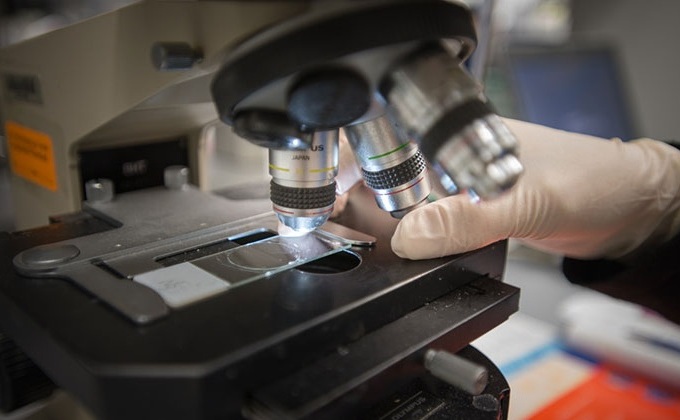
Simple Blood Test Could Help Choose Better Treatments for Patients with Recurrent Endometrial Cancer
Endometrial cancer, which develops in the lining of the uterus, is the most prevalent gynecologic cancer in the United States, affecting over 66,000 women annually. Projections indicate that in 2025, around... Read morePathology
view channel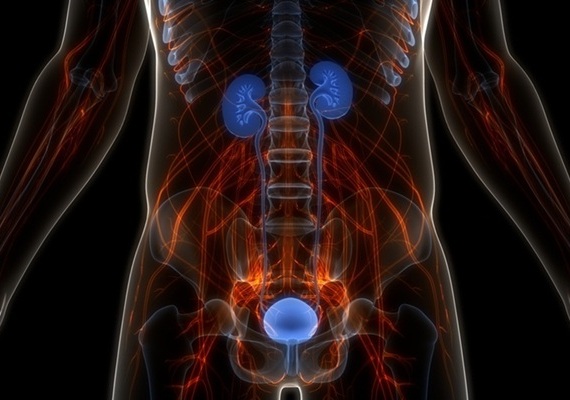
AI Model Predicts Patient Response to Bladder Cancer Treatment
Each year in the United States, around 81,000 new cases of bladder cancer are diagnosed, leading to approximately 17,000 deaths annually. Muscle-invasive bladder cancer (MIBC) is a severe form of bladder... Read more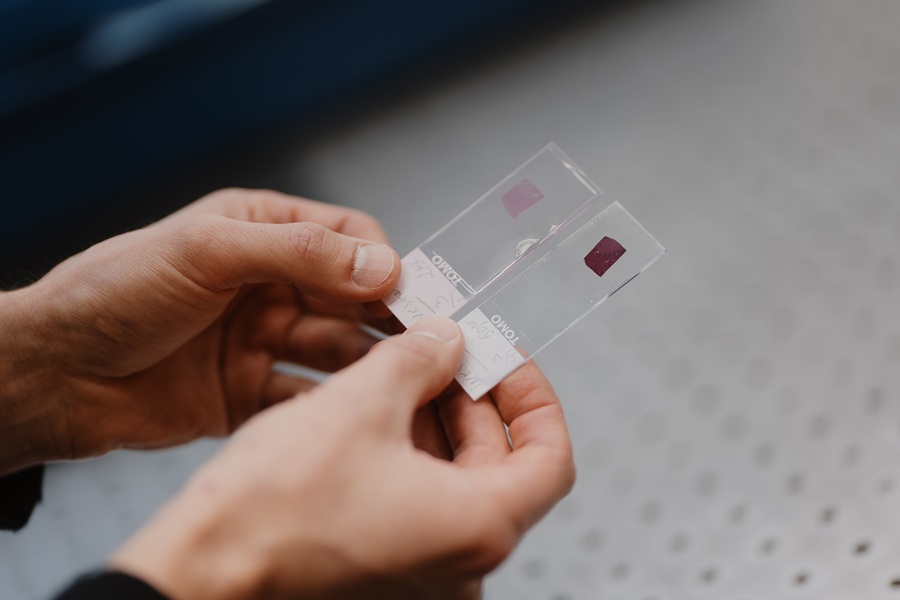
New Laser-Based Method to Accelerate Cancer Diagnosis
Researchers have developed a method to improve cancer diagnostics and other diseases. Collagen, a key structural protein, plays various roles in cell activity. A novel multidisciplinary study published... Read more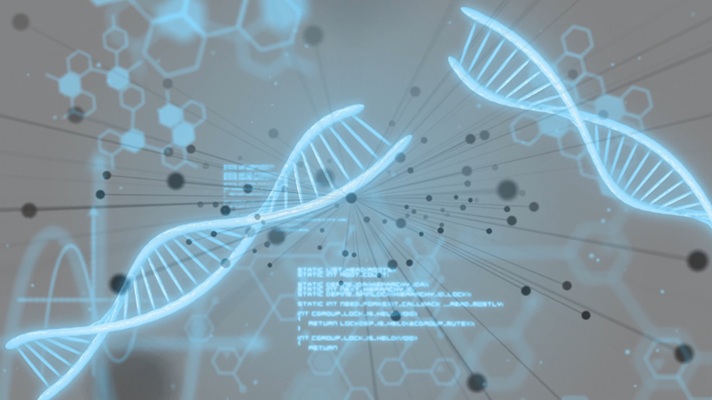
New AI Model Predicts Gene Variants’ Effects on Specific Diseases
In recent years, artificial intelligence (AI) has greatly enhanced our ability to identify a vast number of genetic variants in increasingly larger populations. However, up to half of these variants are... Read more
Powerful AI Tool Diagnoses Coeliac Disease from Biopsy Images with Over 97% Accuracy
Coeliac disease is an autoimmune disorder triggered by the consumption of gluten, causing symptoms such as stomach cramps, diarrhea, skin rashes, weight loss, fatigue, and anemia. Due to the wide variation... Read moreTechnology
view channel
Smartphones Could Diagnose Diseases Using Infrared Scans
Rapid advancements in technology may soon make it possible for individuals to bypass invasive medical procedures by simply uploading a screenshot of their lab results from their phone directly to their doctor.... Read more
Novel Sensor Technology to Enable Early Diagnoses of Metabolic and Cardiovascular Disorders
Metabolites are critical compounds that fuel life's essential functions, playing a key role in producing energy, regulating cellular activities, and maintaining the balance of bodily systems.... Read more
3D Printing Breakthrough Enables Large Scale Development of Tiny Microfluidic Devices
Microfluidic devices are diagnostic systems capable of analyzing small volumes of materials with precision and speed. These devices are used in a variety of applications, including cancer cell analysis,... Read moreIndustry
view channelLeica Biosystems and Bio-Techne Expand Spatial Multiomic Collaboration
Bio-Techne Corporation (Minneapolis, MN, USA) has expanded the longstanding partnership between its spatial biology brand, Advanced Cell Diagnostics (ACD, Newark, CA, USA), and Leica Biosystems (Nussloch,... Read more
Philips and Ibex Expand Partnership to Enhance AI-Enabled Pathology Workflows
Royal Philips (Amsterdam, The Netherlands) has expanded its partnership with Ibex Medical Analytics (Tel Aviv, Israel) and released the new Philips IntelliSite Pathology Solution (PIPS) to further accelerate... Read more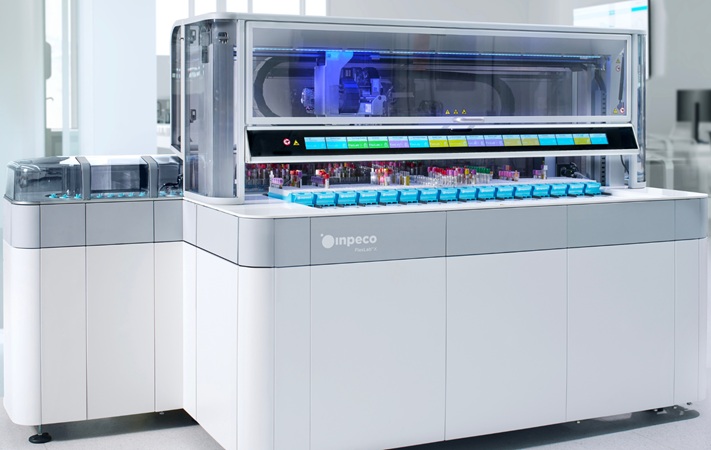
Grifols and Inpeco Partner to Deliver Transfusion Medicine ‘Lab of The Future’
Grifols (Barcelona, Spain), a manufacturer of plasma-derived medicines and innovative diagnostic solutions, has entered into a strategic agreement with Inpeco (Novazzano, Switzerland), a global leader... Read more